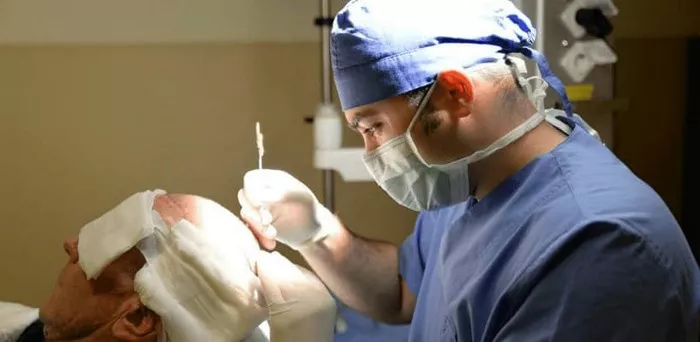Hair loss can be a distressing experience, and for many individuals, hair transplant surgery offers a solution to regain their confidence and youthful appearance. However, understanding the cost breakdown of a hair transplant is crucial for those considering this procedure. In this article, we will dissect the various components that contribute to the overall cost of a hair transplant, helping you make an informed decision about this life-changing investment.
1. Type of Procedure: FUE vs. FUT
The type of hair transplant procedure you choose significantly impacts the overall cost. Two primary methods are Follicular Unit Extraction (FUE) and Follicular Unit Transplantation (FUT). FUE tends to be more expensive because it involves individual graft extraction, while FUT is typically more cost-effective since it involves the removal of a strip of tissue with hair follicles that are later dissected into grafts.
2. Number of Grafts Required
The number of grafts needed depends on the extent of your hair loss and your desired results. A higher number of grafts will naturally increase the cost of the procedure. During your consultation, your surgeon will assess your condition and provide a recommendation based on the required graft count.
3. Surgeon’s Expertise and Reputation
The experience and reputation of your chosen surgeon play a significant role in the cost of a hair transplant. Highly skilled and renowned surgeons often charge higher fees for their expertise. While it may be tempting to opt for a cheaper option, it’s essential to prioritize the surgeon’s qualifications and track record to ensure a successful outcome.
4. Clinic Location
The geographic location of the clinic also affects the cost. In regions with higher living expenses and a higher cost of doing business, you can expect to pay more for a hair transplant. Conversely, clinics in areas with a lower cost of living may offer more competitive pricing.
5. Clinic Facilities and Technology
State-of-the-art facilities and advanced technology can contribute to higher costs. However, these factors can also enhance the quality of the procedure and the overall patient experience. Be sure to inquire about the equipment and facilities available at your chosen clinic.
6. Additional Services and Pre-Op/Post-Op Care
Some clinics include pre-operative and post-operative care as part of their package, while others charge these services separately. It’s crucial to clarify what is included in the total cost to avoid unexpected expenses.
7. Medications and Anesthesia
Medications, including anesthesia, are necessary for a comfortable and safe procedure. The type of anesthesia used can impact the cost. Local anesthesia is common for hair transplants but may be supplemented with sedation or general anesthesia in some cases.
8. Travel and Accommodation
If you are traveling to another city or country for your hair transplant, you must factor in travel expenses, accommodation, and meals. These costs can vary significantly depending on your destination and the length of your stay.
9. Post-Operative Supplies
After your hair transplant, you may need specific supplies such as shampoos, conditioners, and medications. It’s essential to budget for these items as well.
10. Revision or Touch-Up Procedures
In some cases, patients may require revision or touch-up procedures to achieve their desired results fully. These additional procedures will incur extra costs.
Frequently Asked Questions (FAQs)
1. Is there a standard cost for a hair transplant?
No, there is no standard cost for a hair transplant, as it varies based on several factors, including the type of procedure, the number of grafts, and the location of the clinic.
2. What is the average cost of a hair transplant?
The average cost of a hair transplant can range from a few thousand dollars to several thousand dollars, depending on the factors mentioned above. It’s best to consult with a surgeon for an accurate estimate.
3. Does insurance cover the cost of a hair transplant?
Hair transplant surgery is typically considered a cosmetic procedure and is not covered by health insurance. However, some exceptions may apply, so it’s advisable to check with your insurance provider.
4. Are there financing options available for hair transplant procedures?
Yes, many clinics offer financing options to help patients manage the cost of a hair transplant. These options may include installment plans or medical financing companies.
5. How can I find a reputable and cost-effective hair transplant clinic?
Research clinics, read reviews, and consult with multiple surgeons to compare costs and assess their qualifications. Choose a clinic with a solid reputation and experienced surgeons, even if it means paying a bit more.
In conclusion, understanding the cost breakdown of a hair transplant is essential for anyone considering this procedure. While the expense can vary widely based on multiple factors, it’s crucial to prioritize the qualifications of the surgeon and the quality of care over cost alone. Consulting with a reputable and experienced hair transplant specialist will help you make an informed decision and achieve the best possible results for your hair restoration journey.

